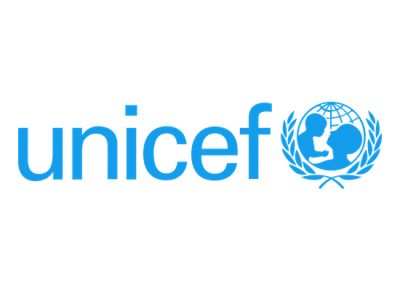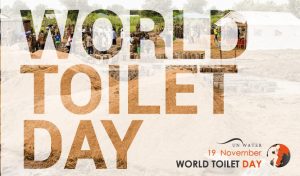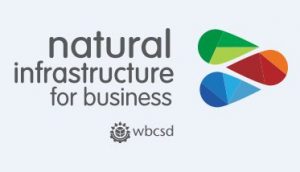Primary Functions
- Find guidance on the selection and procurement of appropriate materials and supplies for menstrual hygiene management, particularly during a humanitarian response.
Detailed Description
This document provides guidance for staff from UNICEF Supply Division and Programme Division (WASH, Education, and Protection sections) on the selection and procurement of appropriate materials and supplies for menstrual hygiene management, particularly during humanitarian response.
The guide is meant to familiarise UNICEF staff members with the key characteristics and requirements for the most common menstrual hygiene materials: menstrual cloths, reusable pads, disposable pads, menstrual cups and tampons. For each menstrual material, the environmental, health, and financial aspects are highlighted in individual tables – along with considerations of availability, user experience, and standards and regulations. Technical specifications are provided for each material. The guide concludes with a summary table of these key attributes.
This guide is intentionally narrow in scope and does not cover other elements of menstrual health and hygiene programmes, which are instead outlined and explored in the companion piece Guidance on Menstrual Health and Hygiene. There are other additional rich resources for menstrual hygiene programming in emergencies which complement this guidance, including WaterAid’s comprehensive Menstrual Hygiene Matters and Columbia University and IRC’s MHM in Emergencies Toolkit.
Globally, there is growing attention to menstrual health and hygiene in the development and humanitarian communities. UNICEF is helping to lead this expansion, with an increasing number of country offices reporting menstrual health and hygiene (MHH) activities in both their development and humanitarian programmes. And MHH has been approved by UNICEF’s Executive Board as one of UNICEF’s five core priorities for adolescent girls in its Gender Action Plan (2018-2021), with specific targets in the Strategic Plan covering the same time period. Improving MHH has become a central part of UNICEF’s commitment to ensure that girls grow up healthy and reach their full potential. For both adolescent girls and women, UNICEF commits to programming that strives to increase confidence, knowledge, and skills – and improve access to materials and facilities – for them to manage their menstruation safely and with dignity.
UNICEF works to improve girls’ and women’s menstrual health and hygiene in four areas: social support, knowledge and skills, facilities and services, and access to absorbent materials and supportive supplies.





